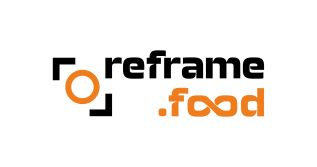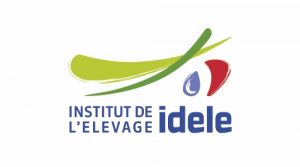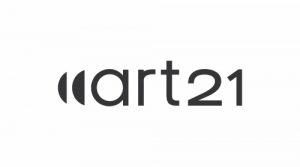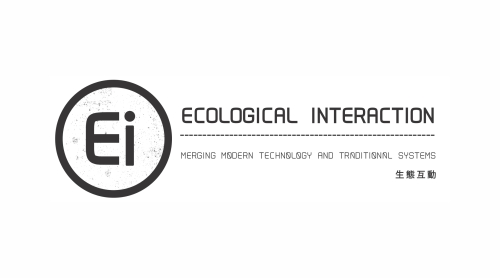Develop
an efficient service for plant health control in hop fields for both diseases.
Evaluate
and compare the tested sensors.
Drone applications
for efficient plant health control in hop fields.
Hmezad exim d.o.o. is a SME providing comprehensive support for hop production to hop growers, including advice, the supply of materials for hop production and selling the hop. Slovenian Institue of Hop Research and Brewing (IHPS) provides research and advisory services in growing industrial plants (hops, hemp, biofuel plants), brewing and the production of medicinal and aromatic plants.



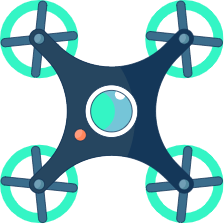
DJI Mavic 3 MS, DJI Mavic 3 T
- 4 bands multispectral camera - green, red, red edge and near infrared, RTK module was used on both drones
- Leaf thermal sensor LAT-B3 with datalogger D18 as a temperature reference for thermal camera (Ecomatic GmbH)
- White reference panel 20x20 cm from Sphereoptics
- GNNS antenna for 1 cm accuracy position in RTK mode and extended rod (4,5 m) to be able to work properly in hop fields where plant rich more than 5 m height

- Software Pix4D Mapper for radiometric calibration and mosaics
- Recording of selected hop fields in 2-3 weeks period
- Ground truthing was done in all 6 pilot areas and location of infected plants were taken with GNNS receiver with 1 cm accuracy in RTK
- Mask raster creation using SDI index.
- RF model for classification hop plants, weed and bare soil (0,9-0,95 acc.)
- Masking the all 4 MS bands and the thermal one
- Calculation of 14 vegetation indices
- Creation the raster of all calculated vegetation indices + thermal data
- Calculation of vegetation indices and thermal data on hop plants only using RF model for the image classification between soil, hop plant and weed
- Raster creation of calculated vegetation indices outside of infected plants
- Export of pixel values of outside raster to csv file as well as pixel of infected plants
- RF or XGB model for classification between infected and healthy plants

Outcomes
- Tested both sensors and concluded that mutual sensors use leads to more reliable service of more targeted hop fields control.
- At earlier dates model accuracy for detection of infected plants for both diseases were similar (0,8) which one hand proves that infected plant could be detected however leaves enough room for fine tuning to provide real operational service.
Challenges Faced
- Shadowing effect in the hop field which resulted in poor disease detection after full development of hop.
- Having in mind to build the service which could worked on majority of Slovenian hop fields they used 40 m altitude to be able to cover wider area. However thermal sensor would be more effective up to 25 m distance so it may .
Impact (Socio-economic & Environmental)
- Benefit other hop producers in Europe, particularly in Germany, where hop growers face similar challenges to those in Slovenia.
- At the end of the project the main service will address the critical issue of effectively managing dangerous diseases that pose a threat to hop production and thus would preserve hop production and be able to continue with economic successful production.
- The service will promote UAV technology and thus we could expect that remote sensing with UAV would spread also on other aspects of hop production such as crop monitoring, spraying and others and enabling more productive and economical successful hop production.




